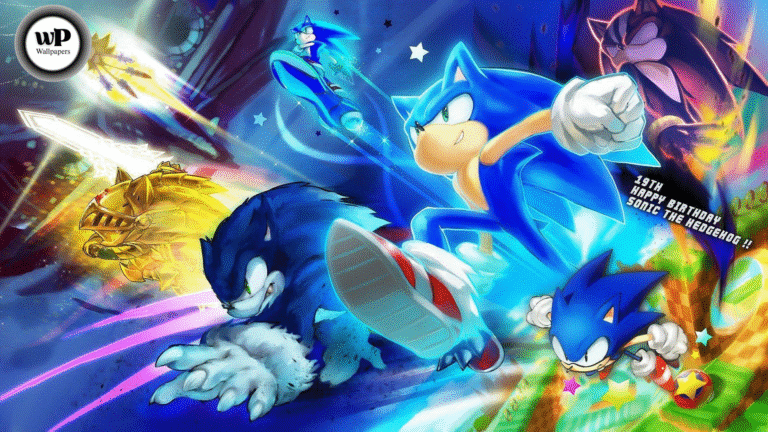“Let the waves of the ocean bring calm to your desktop.”

Table of Contents
- Introduction
- Why Choose Ocean Desktop Backgrounds
- Top Styles & Themes in Ocean Wallpapers
- Resolution, Format & Device Compatibility
- Where to Find Truly Free Ocean Desktop Backgrounds
- Tips to Optimize & Customize Your Wallpaper
- How to Set Ocean Wallpapers on Different Platforms
- Trends & Advanced Techniques
- Caring for Image Performance & SEO Best Practices
- Frequently Asked Questions (FAQs)
- Conclusion
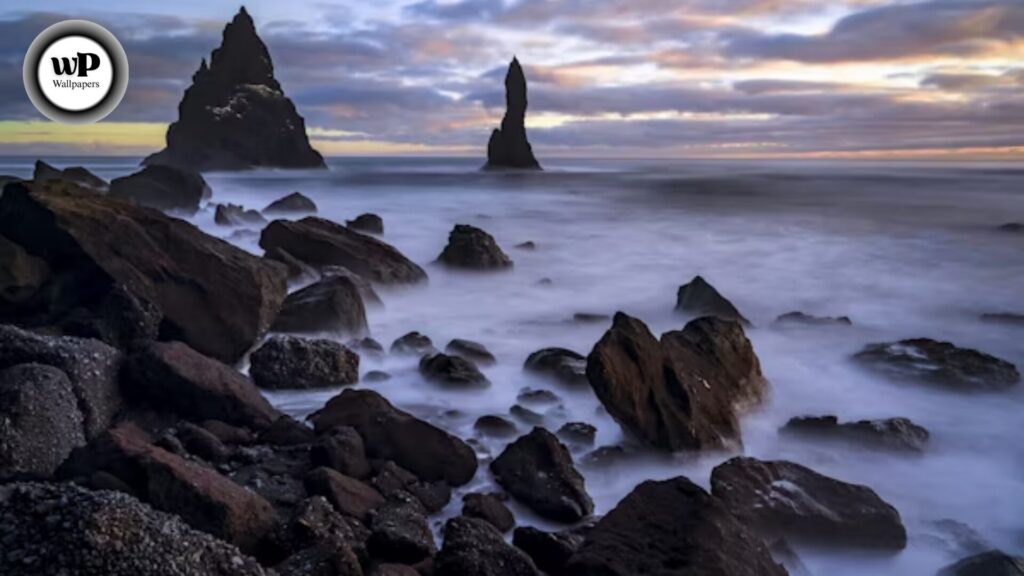
1. Introduction
Your desktop wallpaper is more than just an aesthetic detail. It sets the mood, influences productivity, and can even soothe stress. Among the countless themes out there, ocean desktop backgrounds stand apart: vast, calming, dynamic, and endlessly beautiful. What’s better is finding free, high-quality ocean wallpapers that won’t cost you a cent, yet bring immersive visuals to your screen.
In this guide, you’ll learn everything from selecting styles and resolutions, to finding reliable sources, customizing, and even making sure those images are optimized both visually and in terms of performance and SEO.
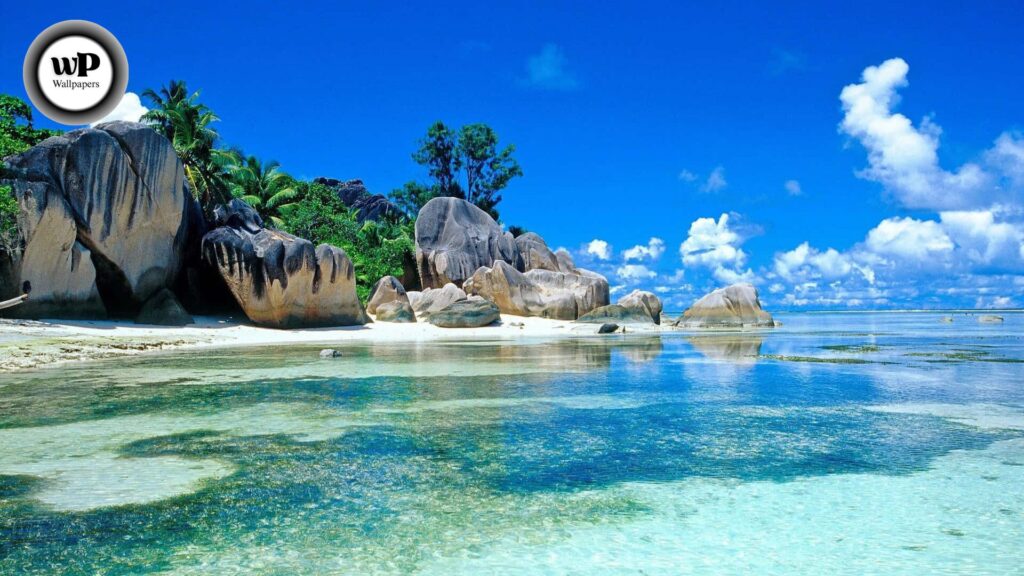
2. Why Choose Ocean Desktop Backgrounds
Choosing an ocean scene has multiple benefits:
- Calming and stress-reducing: The blue tones and fluid motion of water have been shown to relax the mind.
- Versatility: Ocean themes work well in minimal, modern, artistic, or natural-style setups.
- Visual depth and expansiveness: Horizons, underwater shots, waves, skies give a sense of space even on small screens.
- Color range: Blues, teals, cyan, deep navy, sunset oranges oceans offer dynamic palettes.
- Dynamic imagery: Reflections, gradual color changes, light filtering through water perfect for ambient or mood-setting wallpapers.
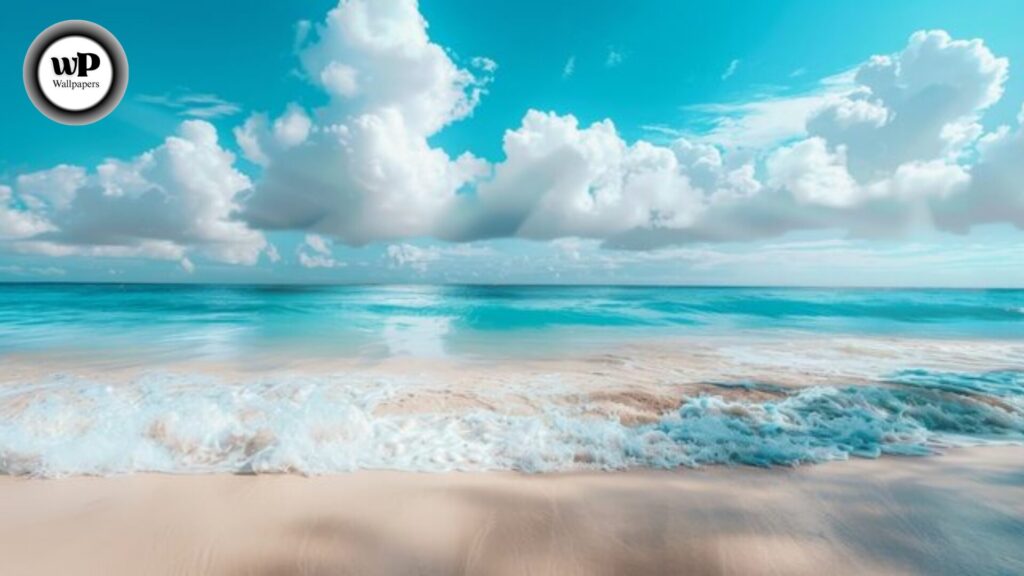
3. Top Styles & Themes in Ocean Wallpapers
Here are the most popular styles you’ll find, with what to watch for:
| Theme / Style | What Makes It Special | Best For … |
| Aerial / Top-down scenes | The beach meets the sea from above; patterns of waves, sand, foam. | Minimalist set‐ups, workspace with icons less distracting. |
| Underwater | Coral, marine life, shafts of sunlight, soft distortions. | Nature lovers, calming backgrounds, dual-monitor setups. |
| Wave motion & crashing surf | Dynamic energy, textures, contrast between white foam & deep water. | Energetic or dramatic desktops, high resolution displays. |
| Ocean horizon / sunset/sunrise | Warm tones, sky meets sea, silhouettes. | Peaceful mornings, ambient lighting, mood-focused content. |
| Abstract / artistic styles | Digital art, color blends, minimal shapes referencing oceanic forms. | Artistic desktops, design studios, minimal UI. |
| Stormy or moody seas | Darker tones, clouds, dramatic lighting. | For dramatic effect or “cinematic” wallpapers. |
Combining styles: Some users like dual monitors with complementary images (e.g. calm horizon and dramatic waves), or use themed slideshows to rotate styles.
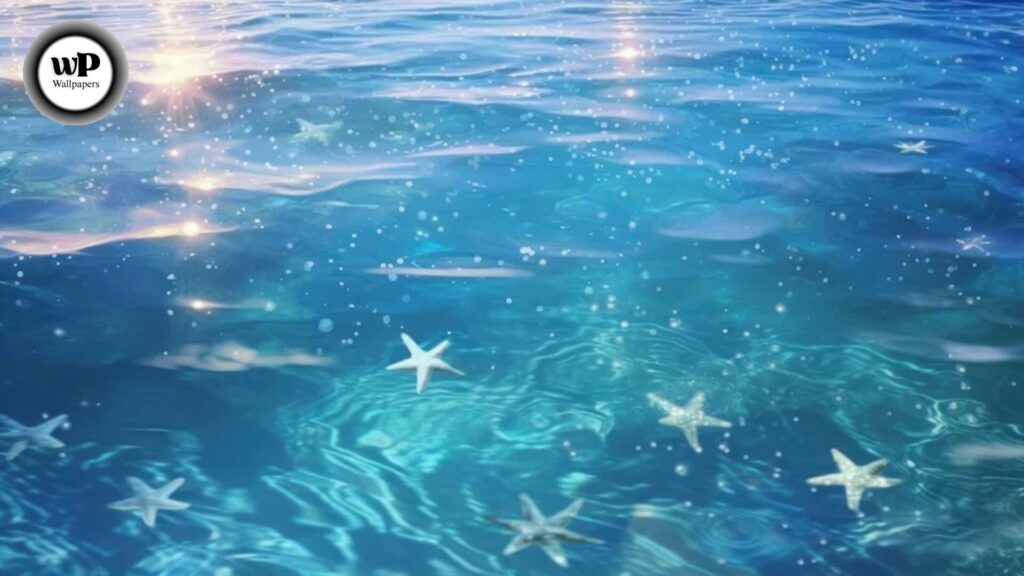
4. Resolution, Format & Device Compatibility
To make your ocean desktop background look its best, there are technical factors to consider.
A. Screen Resolution & Aspect Ratio
- Common desktop resolutions: 1920×1080 (Full HD), 2560×1440 (QHD), 3840×2160 (4K), ultrawide (e.g. 3440×1440).
- Aspect ratios: 16:9, 16:10, 21:9, 4:3 (less common for newer displays).
- Match the resolution of the wallpaper or choose slightly larger to avoid stretching or pixelation. Always aim for “equal to or greater than” display resolution.
B. File Formats
- JPG/JPEG: good for colorful, photo style, smaller file size.
- PNG: better for images with transparency or where compression artifacts are noticeable, but larger file size.
- WebP: modern format; excellent quality/compression balance; works on many platforms including newer browsers and OSes.
- TIFF, RAW: mostly for editing/printing rather than desktop use.
C. Colour Profile & Bit Depth
- sRGB is standard for monitors. If the image uses another profile, colors may look off.
- HDR or higher bit depth images perform better on compatible hardware; for regular monitors, 8-bit is usually enough.
D. File Size & Compression
- High resolution + high quality = large files; may slow boot or slow desktop loading.
- Use optimized images (tools like TinyPNG, ImageOptim, or Photoshop’s “Save for Web”).
- Lazy load or preload wallpapers only as needed.
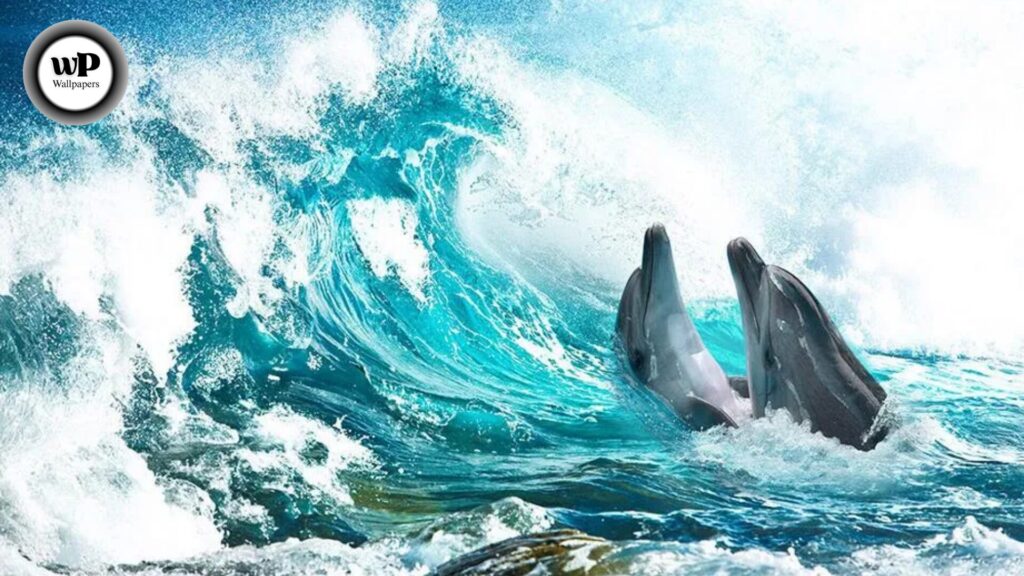
5. Where to Find Truly Free Ocean Desktop Backgrounds
There are many wallpaper sites. The key is ensuring licensing is free (for personal or even commercial use if needed), good resolution, and no watermark. Here are some types of sources, plus what to look for.
A. Stock image / wallpaper sites with free sections
Sites such as WallpaperBat, WallpaperCast, WallpaperGod often have large collections labeled free HD, free 4K, etc.
B. Creative Commons / Public Domain platforms
Unsplash, Pexels, Rawpixel, etc. Ensure the license allows desktop wallpaper use. Sometimes attribution is required (check the terms).
C. Designer or art collectives
Some artists share wallpapers via their sites or blogs (“freebie Fridays”, etc.). Watch out for possible usage restrictions or requests for donation if you like the art.
D. User-curated wallpaper galleries
Community galleries or forums can be rich sources. But quality/resolution may vary; always check metadata and the uploader’s license.
E. What to avoid or be cautious of
- Watermarked images → often imply restricted use.
- Low resolution images labeled “HD” that then turn out to be blurry when stretched.
- Misleading licenses (“for personal use only” vs “commercial use”) if you need wider rights.
- Sites with malware or intrusive ads always check reputation.
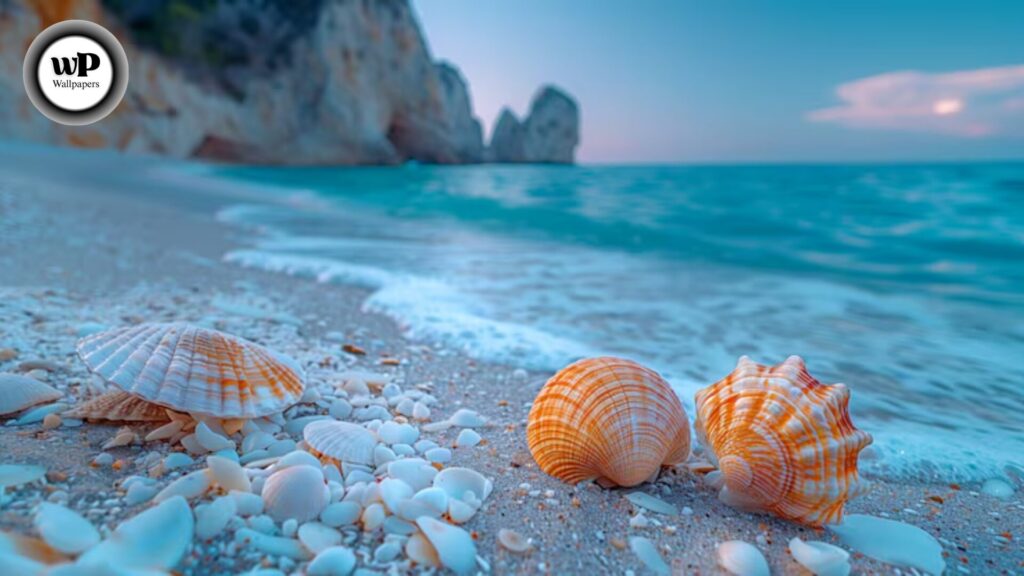
6. Tips to Optimize & Customize Your Wallpaper
Using an ocean background is one thing; making it perfect is another. Here are ways to improve or personalize.
A. Cropping & scaling
- Crop to correct aspect ratio before placing, to avoid distortion.
- Use software (Photoshop, GIMP, Affinity) or free online tools.
- Keep focal point(s) horizon, waves, sun placed considering where your icons/taskbar are; avoid clutter behind icons.
B. Color adjustments & filters
- Slight desaturation or color grading can make wallpapers less “loud.”
- Soft overlays (vignette, gradient) to bring focus to center.
- Warm vs cool filters to match your room lighting or preferences.
C. Using dual monitors or multi-screen setups
- Get matching or complementary wallpapers for each screen.
- Use panoramic wallpapers (ultrawide), or stitching two images.
- Be cautious of mismatched color tones across different displays.
D. Animated / Live Wallpapers
- Some users like subtle motion (waves moving, light changing).
- Live wallpapers or screensavers exist for Windows, Mac, Linux, Android. But beware: performance & battery overhead.
E. Slideshow or scheduled rotation
- Rotate wallpapers every day or hour to keep things fresh.
- Use built-in OS features or third-party apps.
- You can theme weeks: “sunrise week”, “deep sea week”, “stormy week”, etc.
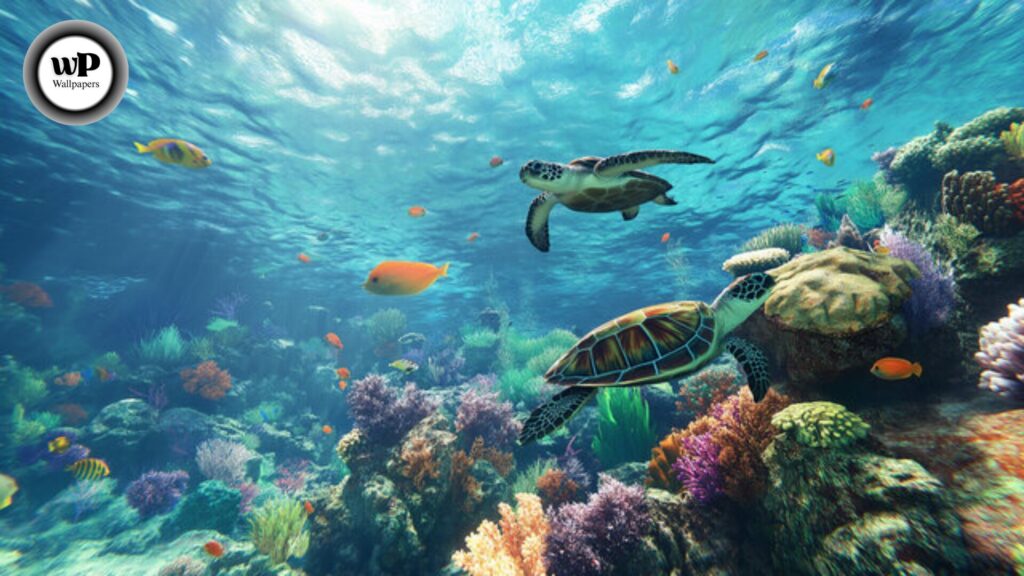
7. How to Set Ocean Wallpapers on Different Platforms
No one wants a beautiful wallpaper but no clue how to use it. Below are steps for major OSes.
Windows
- Right-click the image file → Set as desktop background
- Use Personalization → Background in Settings → choose Picture or Slideshow.
- Choose Fill / Fit / Stretch / Tile depending on the image size and screen.
macOS
- Open System Settings → Desktop & Dock → Desktop
- Click “+” to add a folder if you store wallpapers.
- Choose the image; adjust for fill/fill screen, etc.
Linux (Ubuntu, etc.)
- Depending on desktop environment (GNOME, KDE, XFCE), often via right-click → Change Background
- Or via “Appearance / Desktop Settings” in system preferences.
Mobile Devices (iOS / Android)
- Use Photos app / Gallery → select image → Set as Wallpaper
- Choose whether to set it to lock screen, home screen, or both.
- Consider parallax (iOS) or cropping needed for different screens.
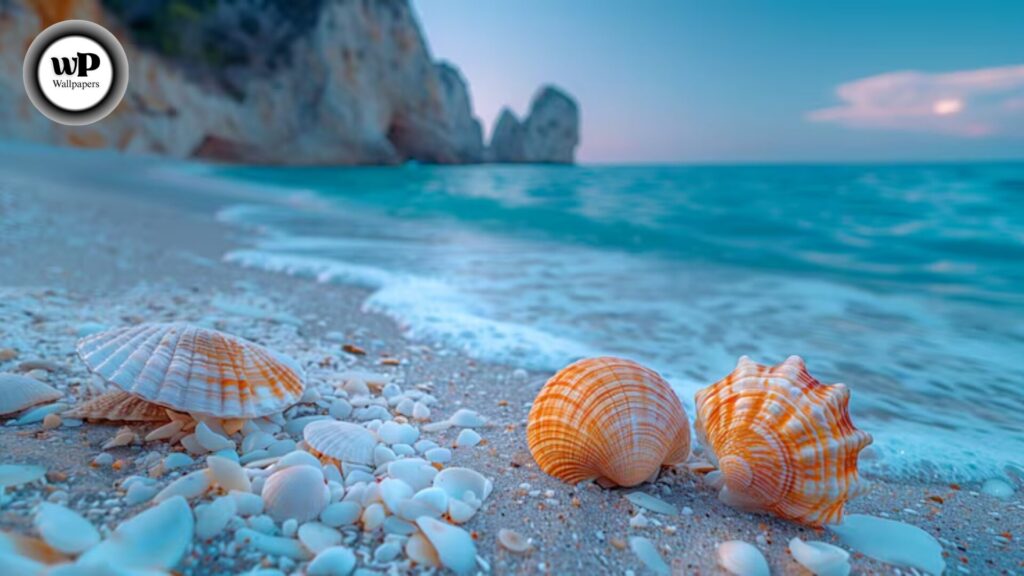
8. Trends & Advanced Techniques
To stay ahead, here are what’s growing and what you can experiment with.
A. Motion and Live Wallpapers
- Timelapse ocean horizons or slow waves.
- Interactive wallpapers that respond to time of day (light changes).
B. AI-assisted generation / custom designs
- Using AI tools (Midjourney, Stable Diffusion, DALL·E) to generate ocean scenes tailored to your style.
- You can specify color palette, mood (calm, stormy), perspective (aerial, underwater).
C. HDR and Ulti-HD visuals
- Using High Dynamic Range images gives more depth, contrast and detail.
- Compatible hardware (HDR-capable monitors, GPUs) makes a difference.
D. Augmented Reality (AR) / Mixed Reality wallpapers
- For those with AR setups or dual screens, immersive wallpapers that slightly shift with perspective (though more niche).
E. Minimalist / abstract color palettes
- Reducing distractions by simplifying designs.
- Using coastal gradients, silhouettes, or negative space.

9. Caring for Image Performance & SEO Best Practices
If you’re publishing ocean wallpapers on a site (like a wallpaper gallery), there are SEO + performance considerations.
| Area | Best Practices |
| Image file names | Use descriptive names:,. Include main keywords. |
| Alt text & metadata | Alt tags are important for accessibility and SEO. E.g. “free ocean desktop background hd sunset”. Exit metadata (if relevant) preserved. |
| Image compression & formats | Use optimized formats (WebP, compressed JPEG). Serve responsive images (srcset) so smaller devices load smaller versions. |
| Page speed | Lazy load images below the fold. Use CDNs. Minimize unneeded scripts or bloat. |
| Content around images | Pair galleries with content: tips, descriptions, theme explanations. As your competitors largely focus on image galleries with minimal content, you can gain advantage by having rich text and thematic articles. |
| Internal linking & site structure | Organize ocean wallpapers into sub-categories (sunset, underwater, waves). Link to blog posts about trends, how-tos. Use breadcrumb navigation. |
| On-page SEO | Use H1 (e.g. “Free Ocean Desktop Backgrounds”) and subheadings (H2, H3) with relevant keywords. Write meta titles & meta descriptions that encourage clicks (e.g. Download Stunning Free Ocean Desktop Backgrounds HD & 4K). |
| Freshness & updates | Regularly add new wallpapers. Periodically update blog content or guides to include new trends or user requests. |
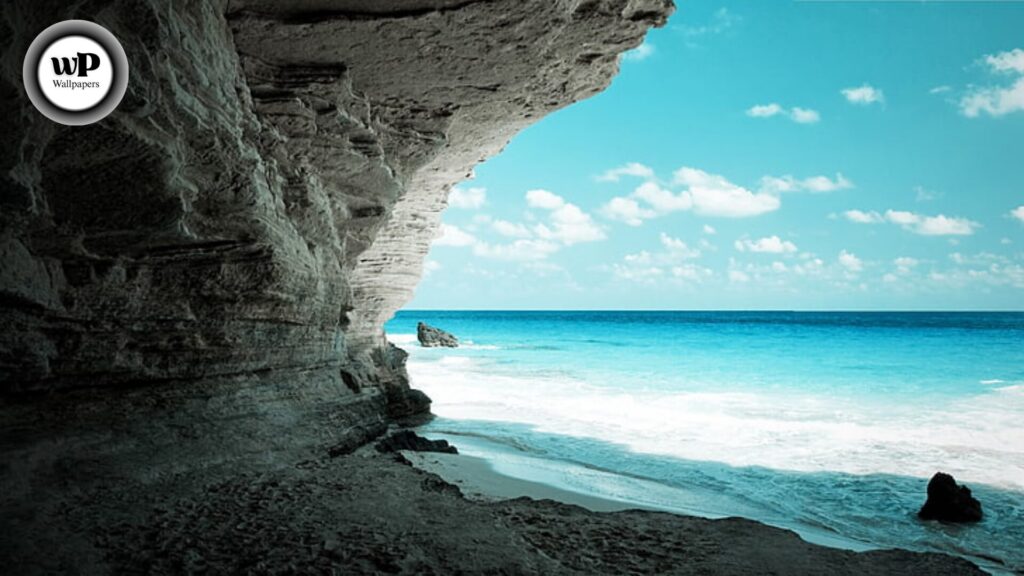
10. Frequently Asked Questions (FAQs)
Here are FAQs people usually have; you can incorporate these or adapt them.
Q1: Are free ocean desktop backgrounds safe to download?
A: Generally yes, especially from reputable sources (stock image sites, CC-licensed sources). To stay safe: make sure files are legitimate, check user ratings/comments, avoid downloading from suspicious pop-ups or untrusted sites. Use antivirus if unsure.
Q2: Can I use free ocean wallpapers for commercial purposes?
A: It depends on the license. Some wallpapers are free only for personal use; others are CC0 or have commercial use rights. Always check the license before using it in a commercial project (e.g. client presentations, merchandise, etc.).
Q3: How to prevent wallpapers from looking stretched or pixelated?
A: Choose images with resolution equal to or larger than your screen. Match aspect ratio. Use “Fill” or “Fit” settings correctly. If the image is smaller, it will stretch and degrade quality.
Q4: Do wallpapers affect computer performance?
A: Static images generally have negligible impact. However: very large image files, animated/live wallpapers, or too many background processes can slow things. Use optimized images, limit animation use, and keep background apps minimal.
Q5: How often should I change my desktop background?
A: That depends on your preference. Some people refresh weekly to avoid “wallpaper fatigue”. Rotating styles or themes adds freshness. Others prefer a favorite image long-term to maintain consistency.
Q6: Where can I find free wallpapers with no attribution required?
A: Sites like Unsplash, Pexels, Pixabay often provide images under licenses that don’t require attribution (check each image’s page). Also, certain public domain archives or CC0-licensed images. Always verify per image.
Q7: What’s the best way to match wallpaper style to workspace / theme / lighting?
A: Consider your desktop icons colour, taskbar position (top, bottom, side), ambient room lighting. For low light, darker or softer tones. For bright environments, more contrast helps. If your icons overlap the image, choose areas of the image with less visual clutter.

11. Conclusion
Ocean desktop backgrounds offer a rare combination of serenity, beauty, and versatility. When you pick the right style, resolution, and source and optimize for performance and aesthetics you can transform your workspace into a calming digital ocean you love looking at every day.

